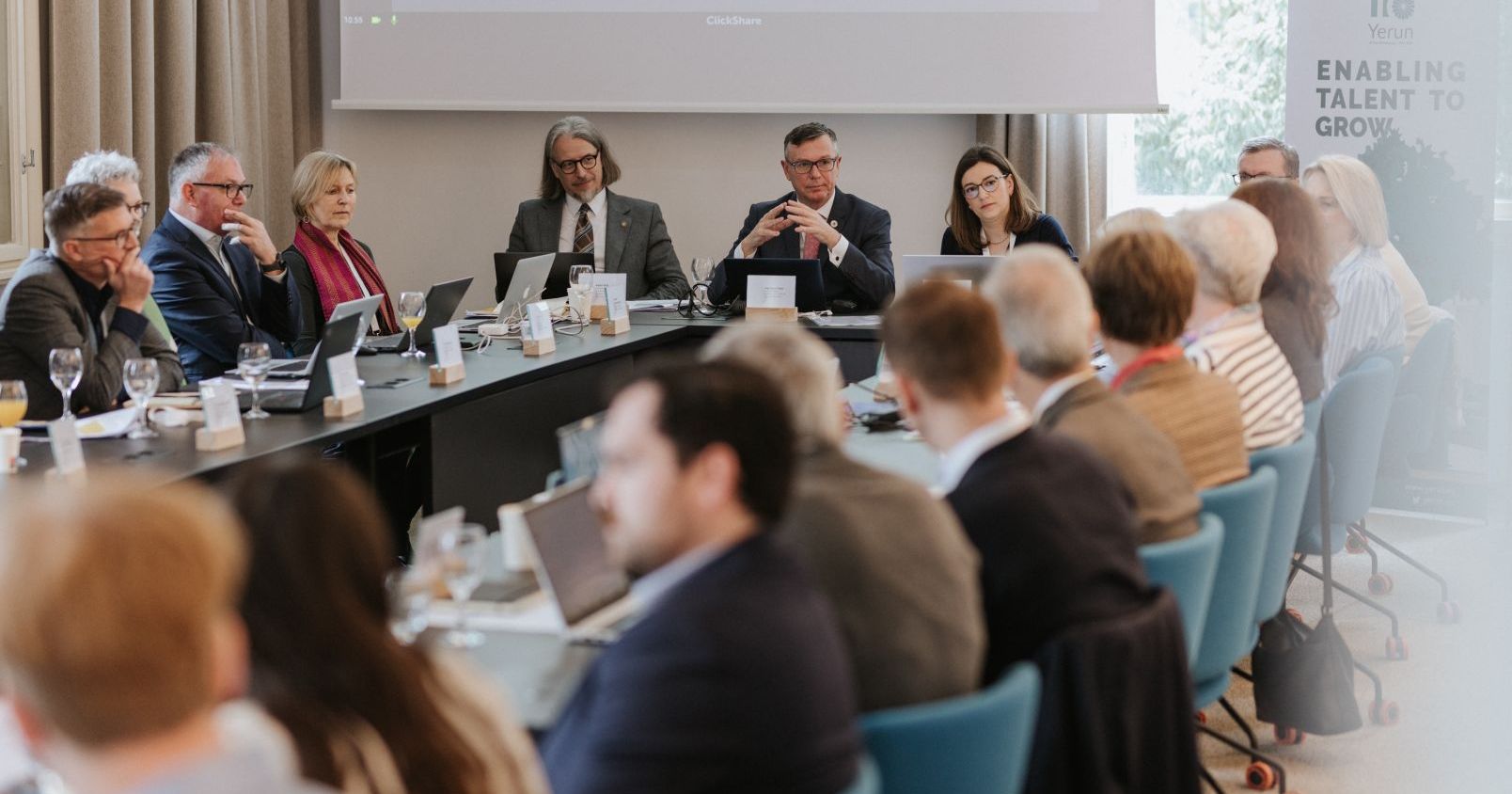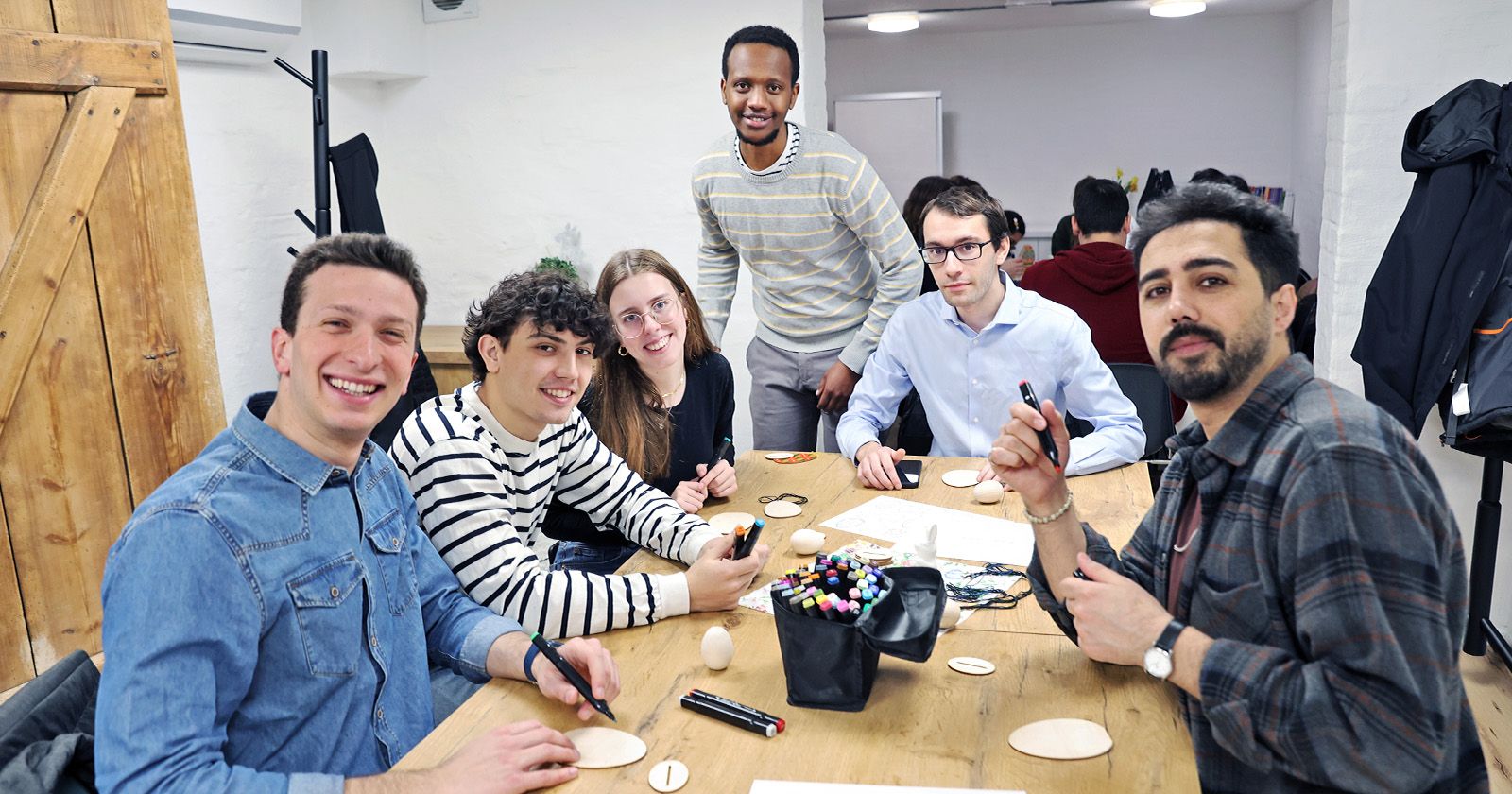In the European infrastructure network
Greater opportunities for global and local collaboration and better coordination of services, data and expertise - these are the benefits of transforming the European Research Infrastructure for Heritage Science (E-RIHS into the European Research Infrastructure Consortium (ERIC). Nicolaus Copernicus University in Toruń plays an important role in this international network.
Designed to serve researchers and professionals, E-RIHS mission is to promote an integrated approach to enhance the understanding, conservation, and appreciation of our shared cultural heritage. E-RIHS connects different fields of expertise, bridging hard sciences and humanities to create an interdisciplinary research environment. It gathers research organisations, universities, restoration centres, and cultural institutions in a unique community that enables access to cutting-edge facilities and resources throughout Europe. In addition, through the HS Academy, E-RIHS offers high-quality training programmes aimed at developing skills and building capacity in heritage science.
The network's headquarters located in Florence coordinates the operational activities of the 11 founding members: Cyprus, France, Hungary, Italy, Malta, the Netherlands, Poland, Romania, Slovenia, Spain, and the United Kingdom – and is set to welcome the International Centre for the Study of the Preservation and Restoration of Cultural Property (ICCROM) as a permanent observer.
Nicolaus Copernicus University in Toruń is the coordinator of the E-RIHS.pl consortium, consisting of 14 institutions cooperating in the field of research of historical objects with physical and chemical methods. Delegates to the Consortium Council are, on behalf of the NCU, Prof. Piotr Targowski (chairman) and Prof. Bogumiła J. Rouba.
We are grateful to our founding members for their unwavering support and to the European Commission for recognizing E-RIHS as a leading research infrastructure in Europe," said Vania Virgili interim Director General of E-RIHS. “We now are a legally established entity, with a lasting legacy and a deep-rooted commitment to advancing heritage science and delivering tangible results that help preserve and promote our shared cultural heritage for the benefit of society.
The establishment of E-RIHS ERIC unlocks new opportunities for collaboration on both local and global scales. By coordinating services, data, and expertise, E-RIHS allow researchers and professionals to collaborate across border, linking national initiatives with international efforts to foster scientific excellence and innovation in heritage science.
For more information, visit http://www.e-rihs.eu
 NCU News
NCU News






 Campus life
Campus life
 Campus life
Campus life
 Campus life
Campus life

 Campus life
Campus life